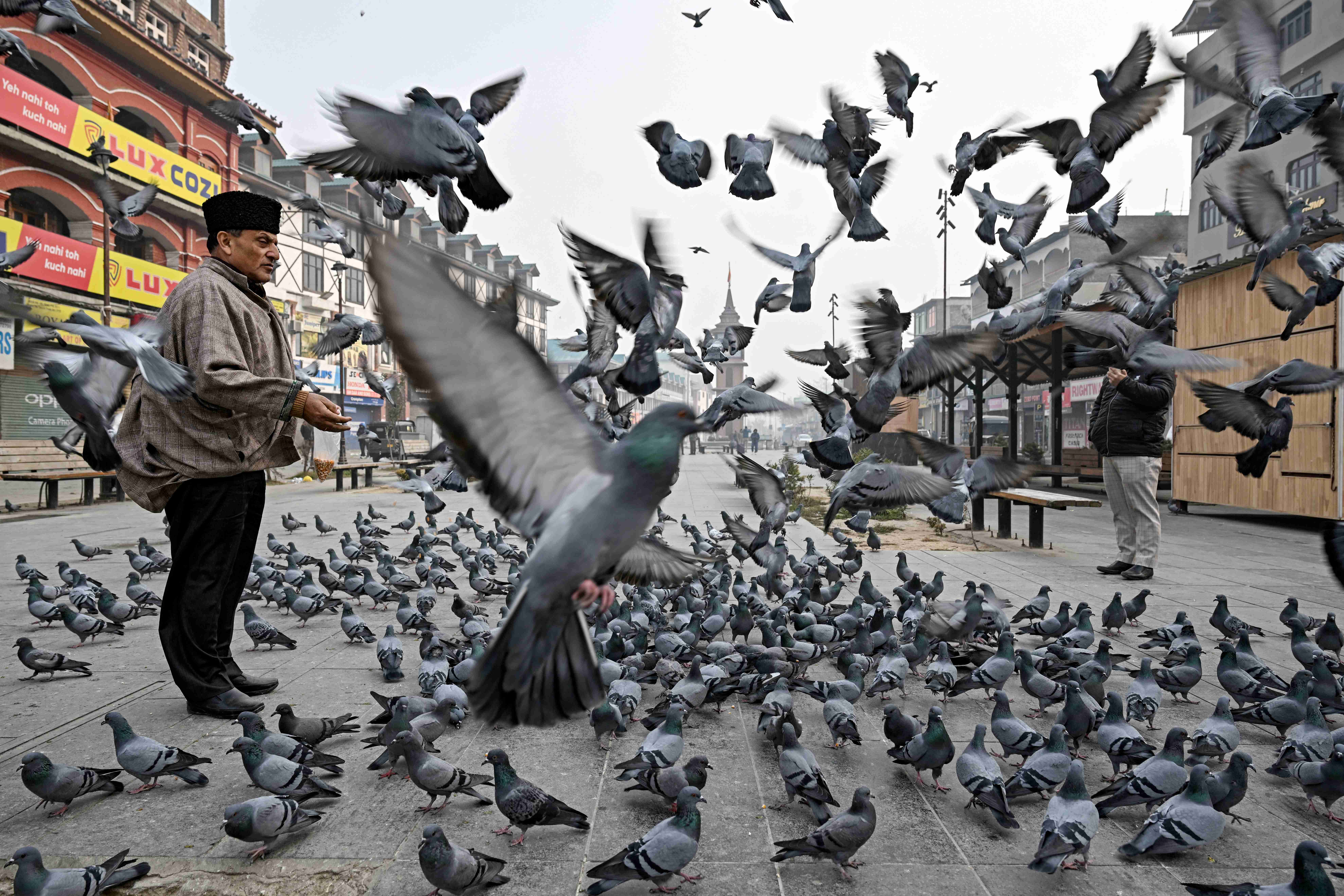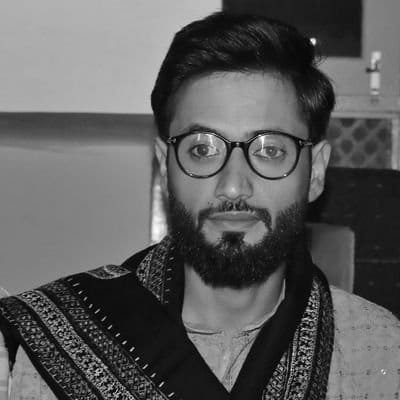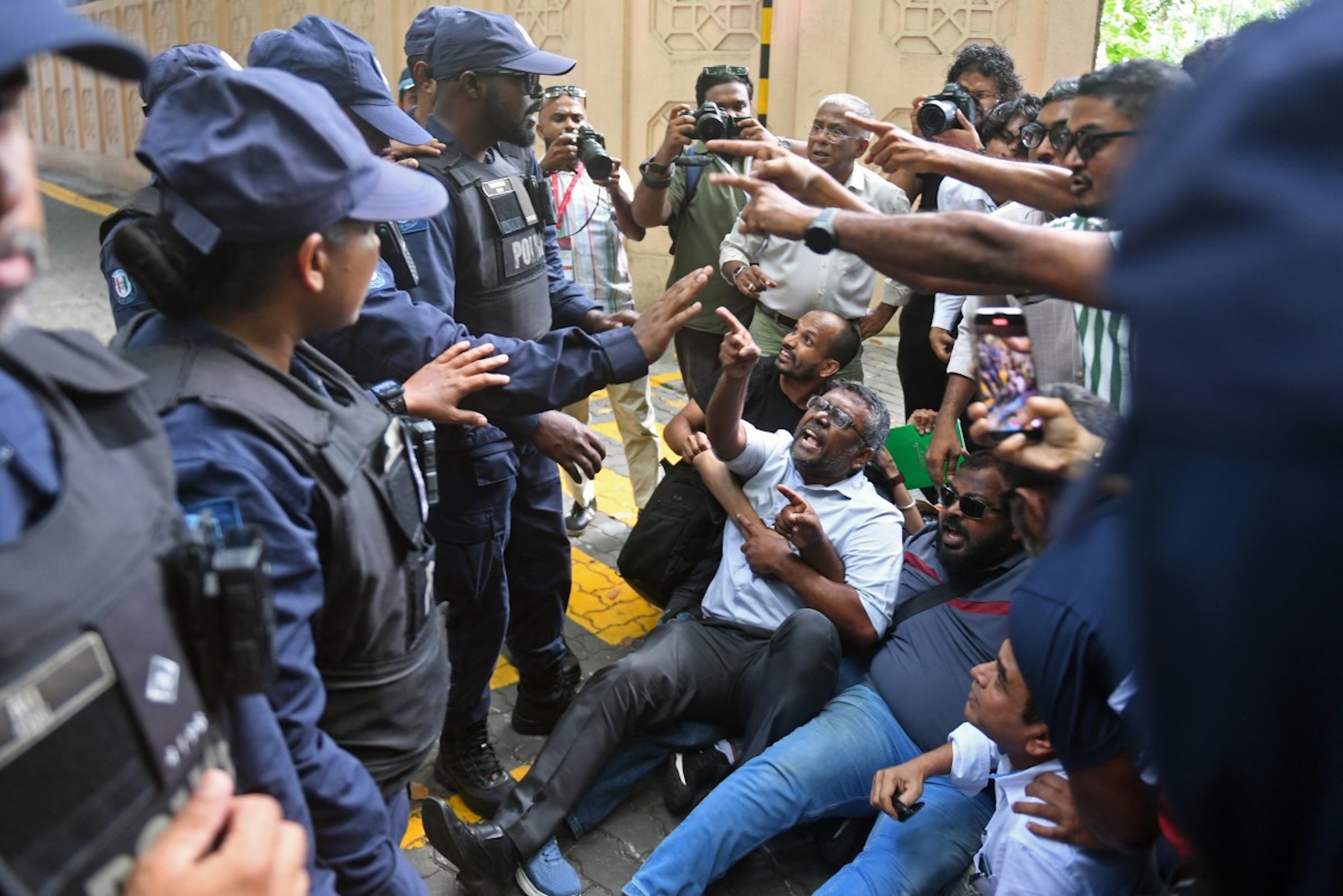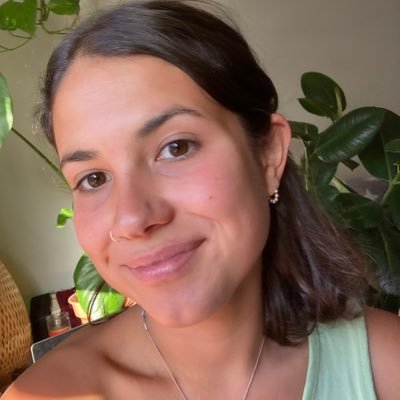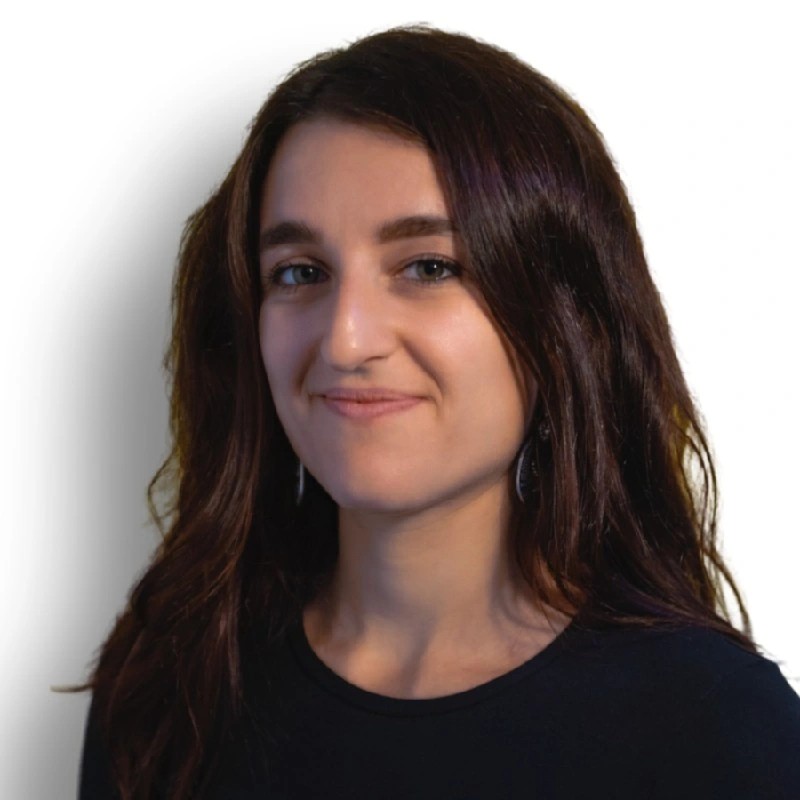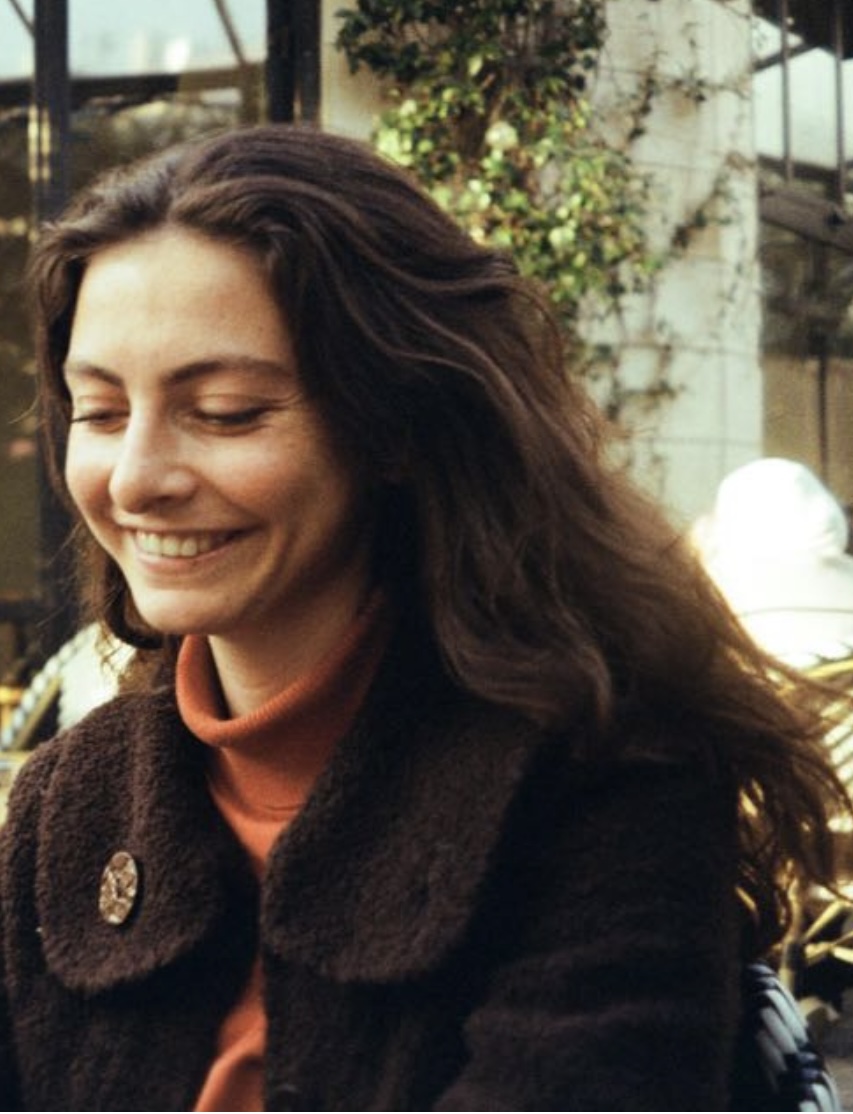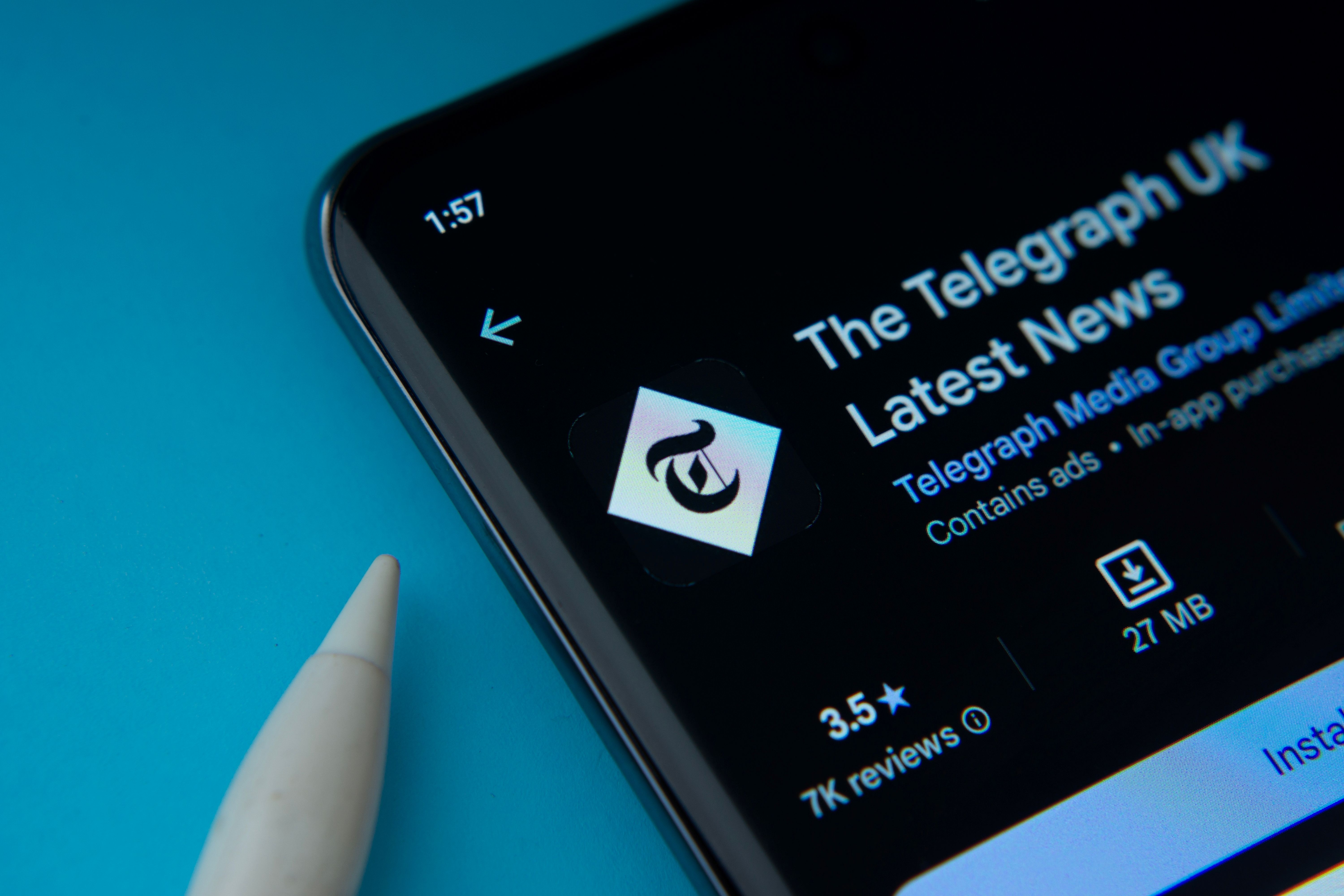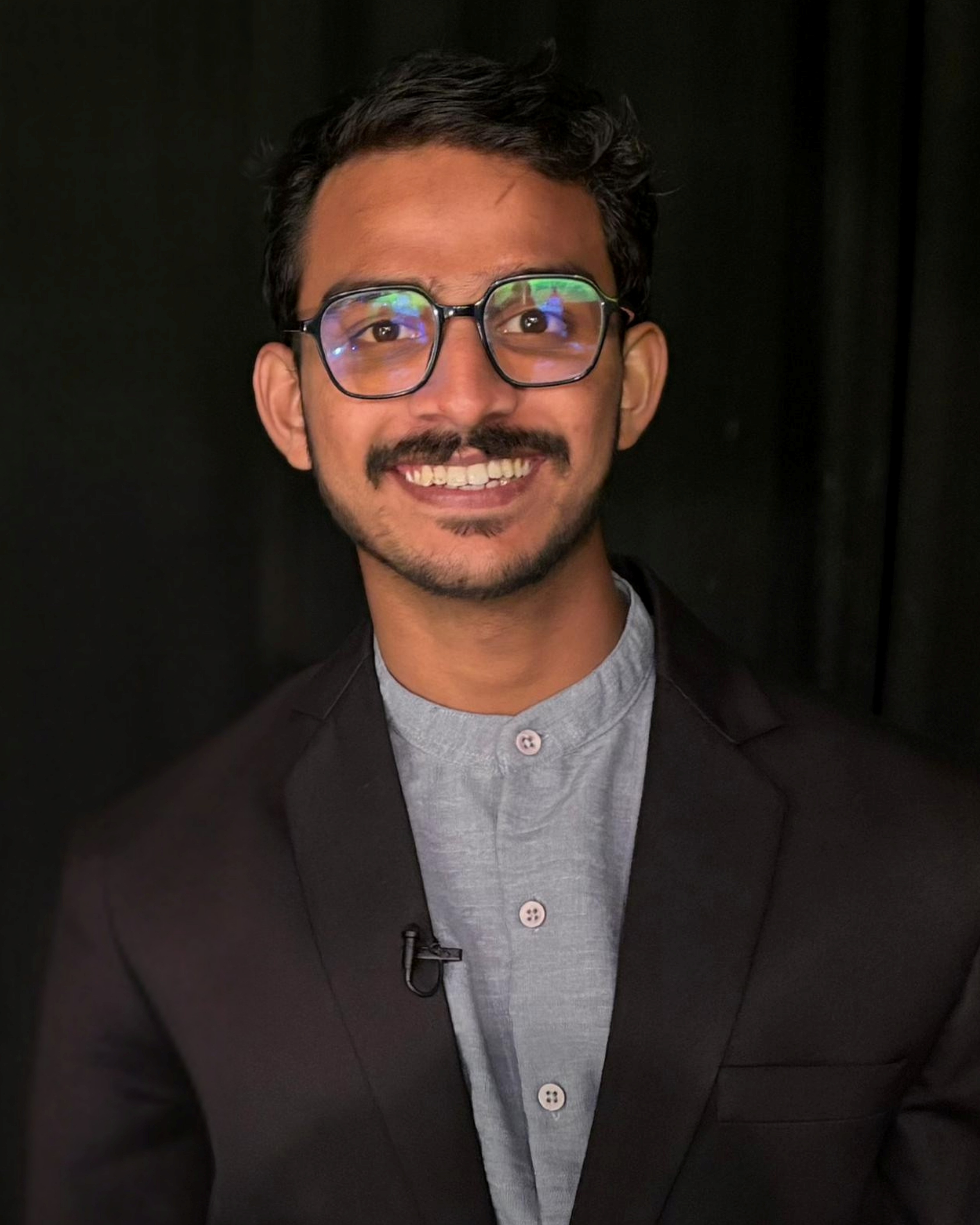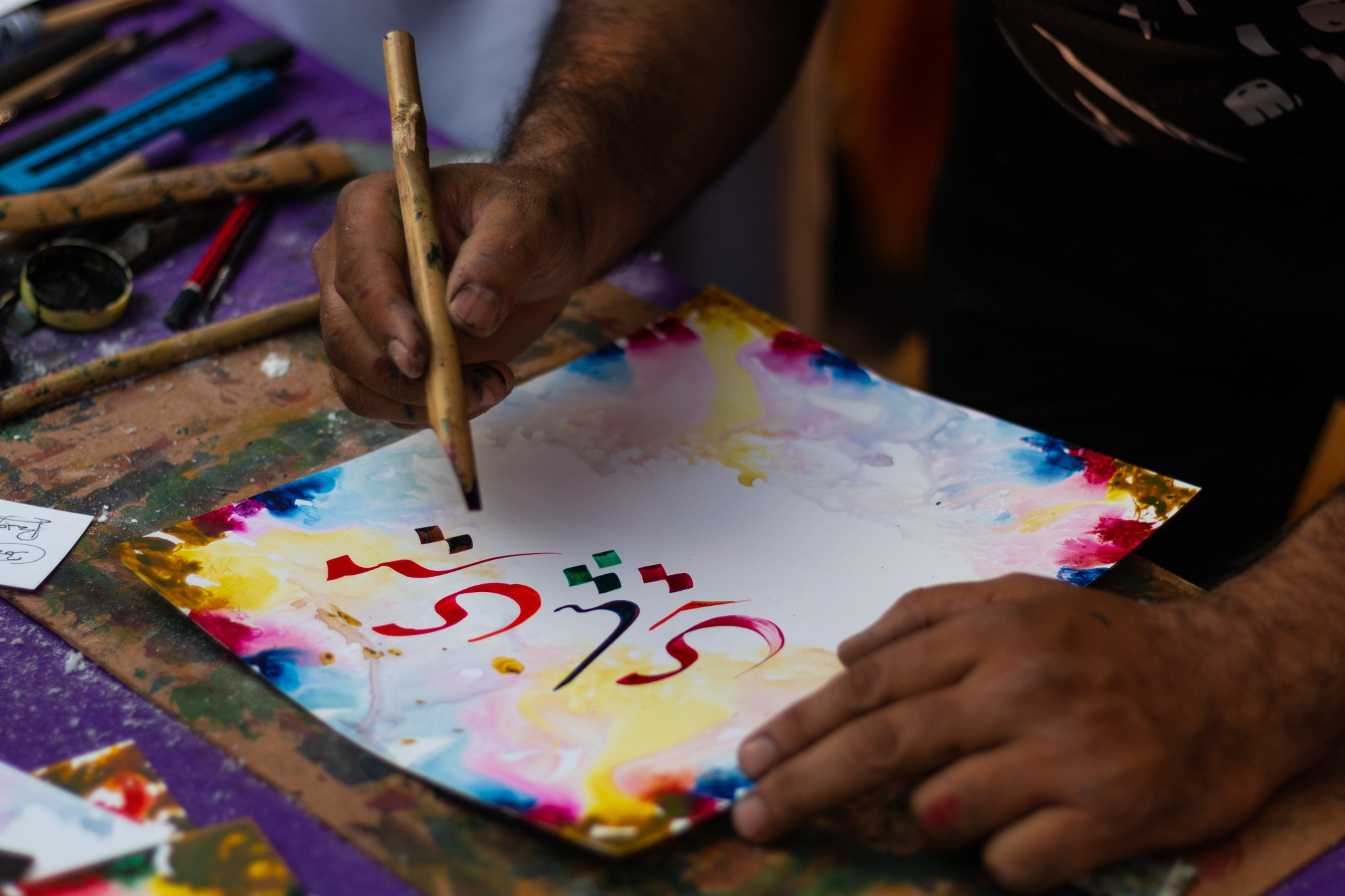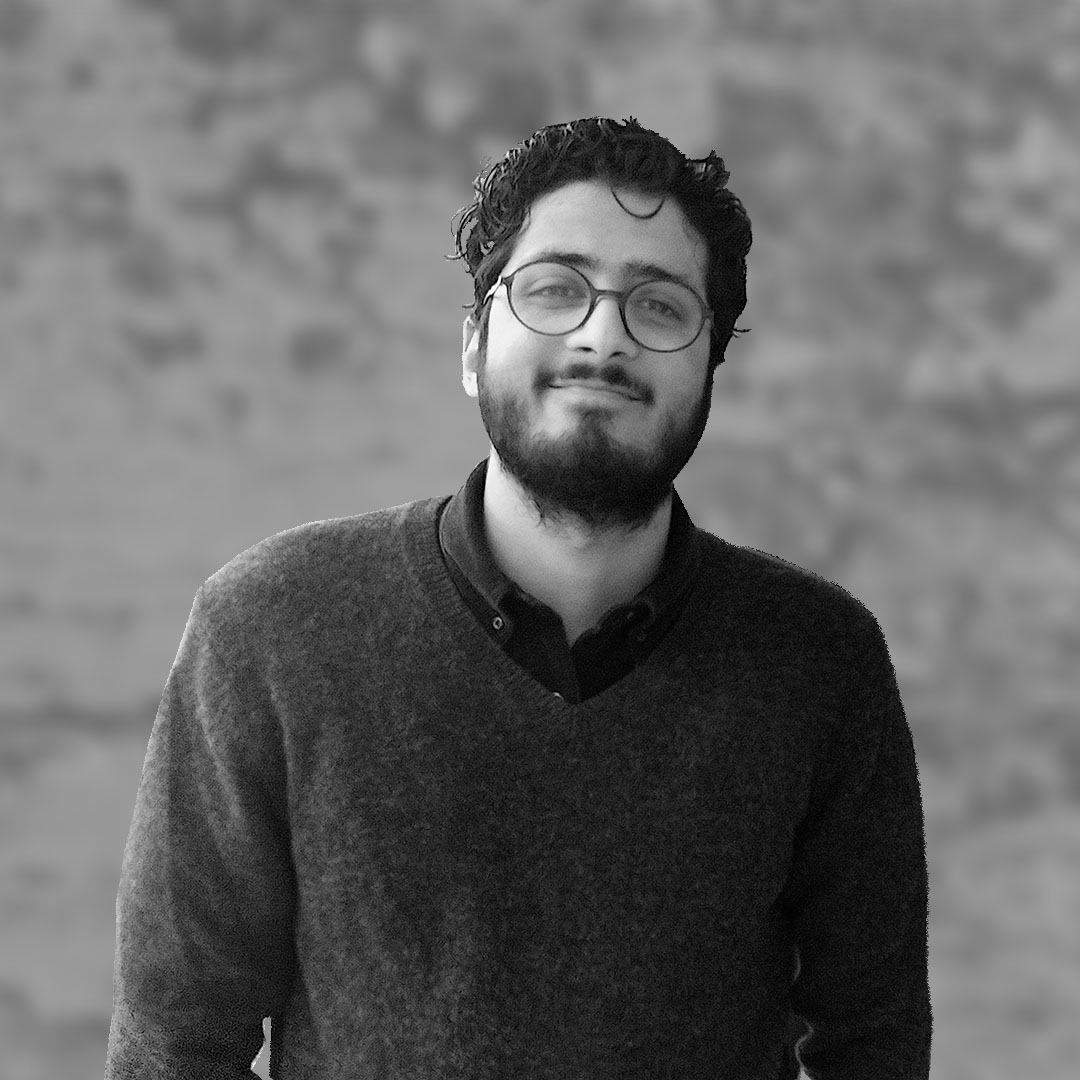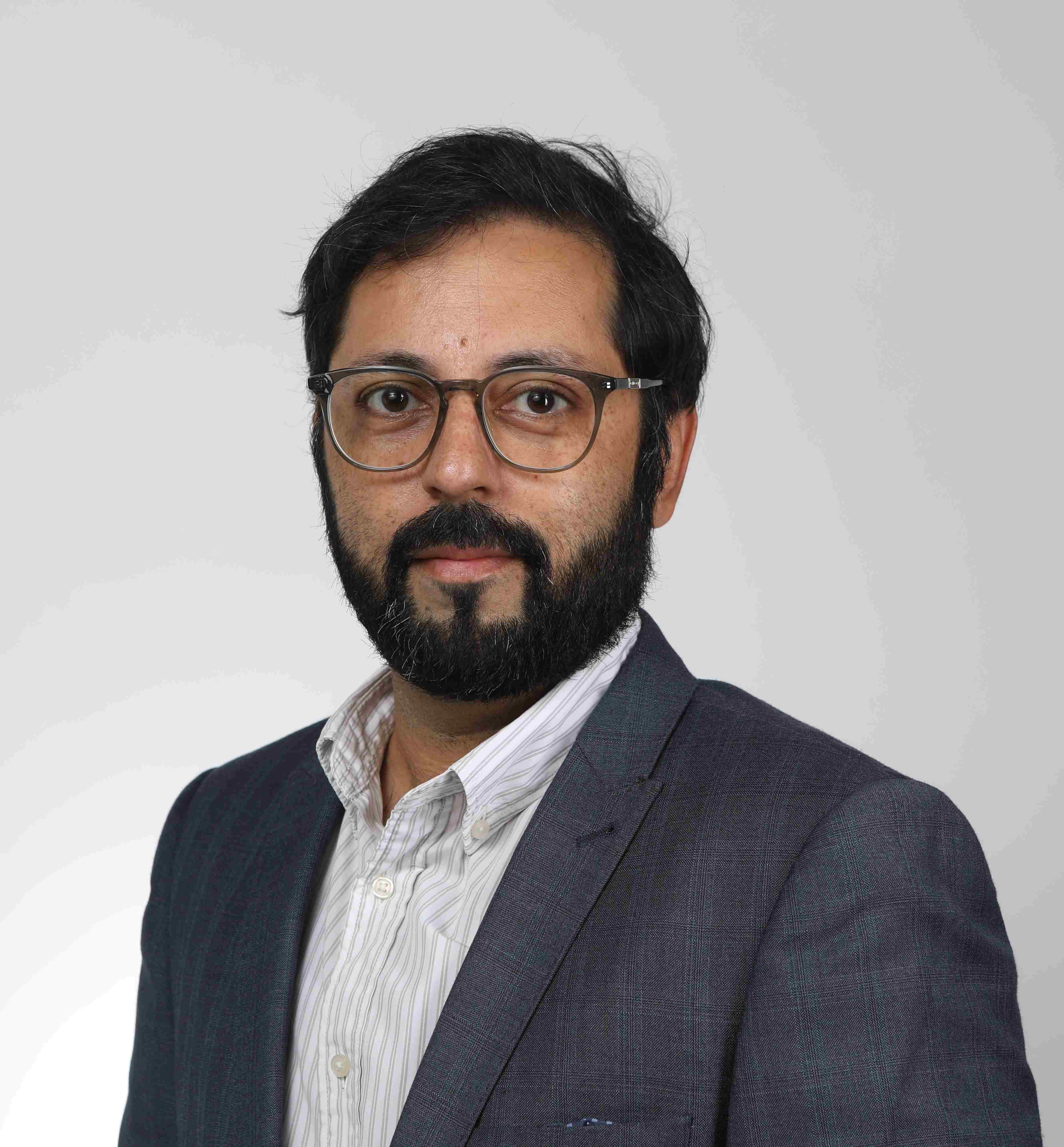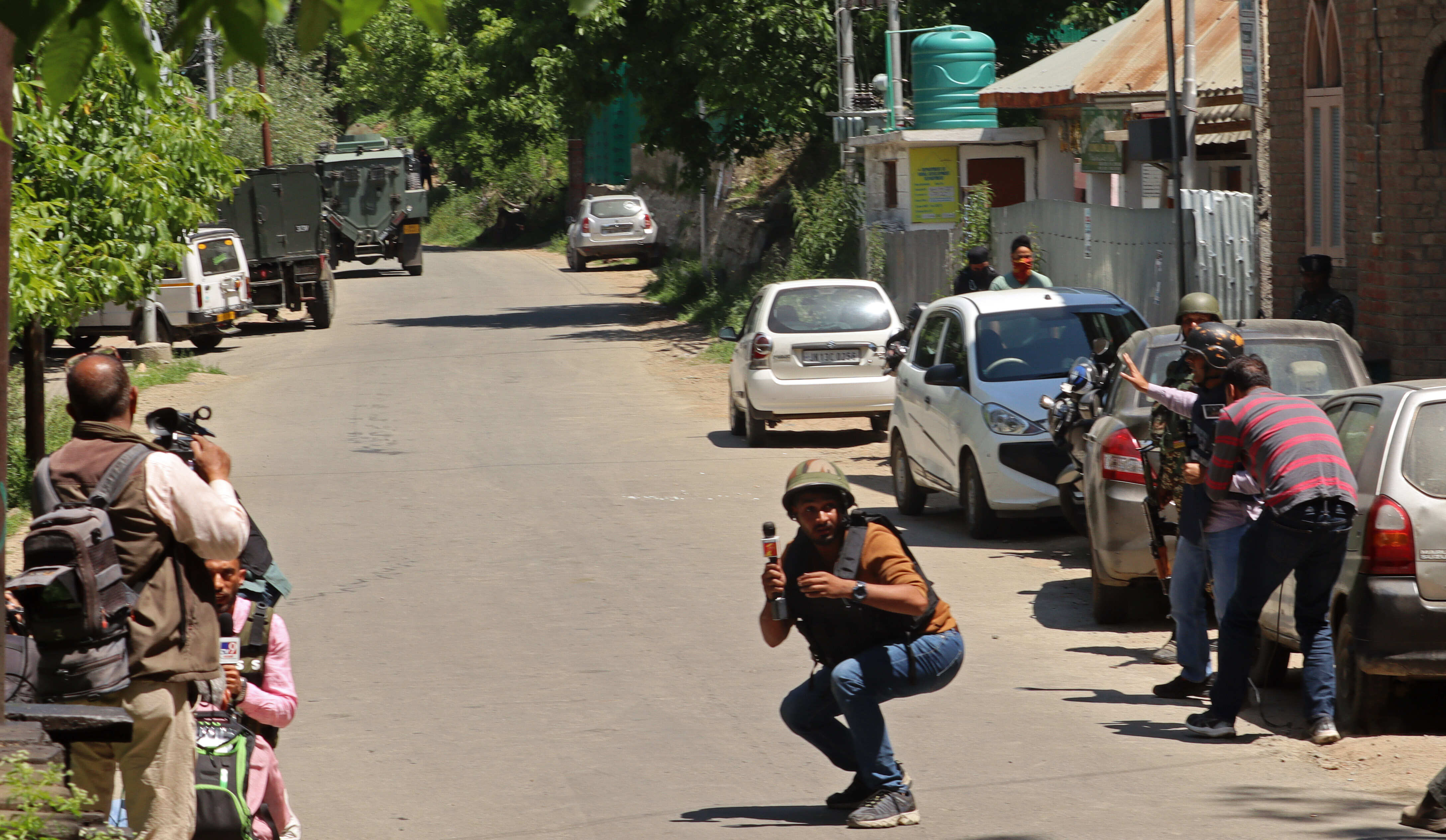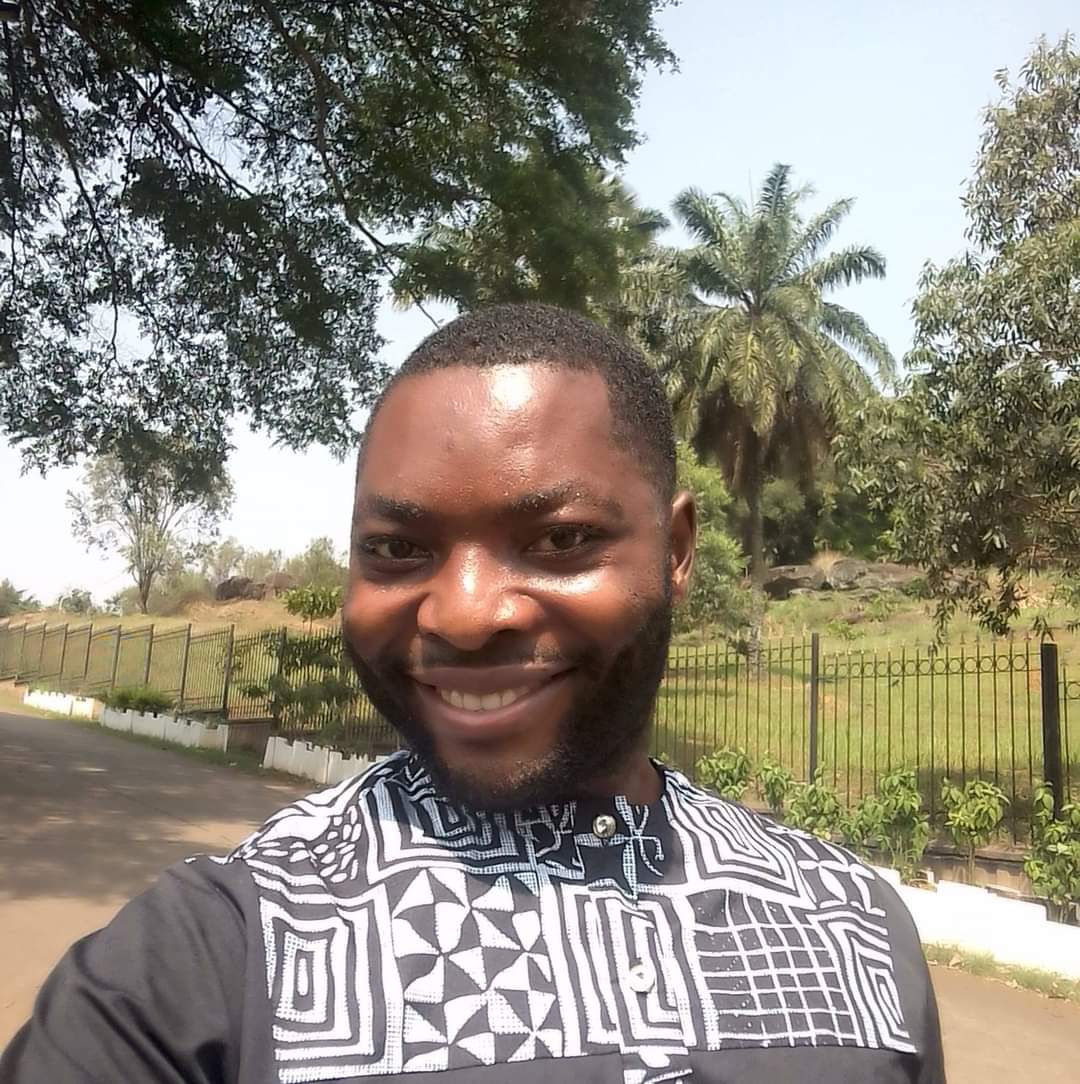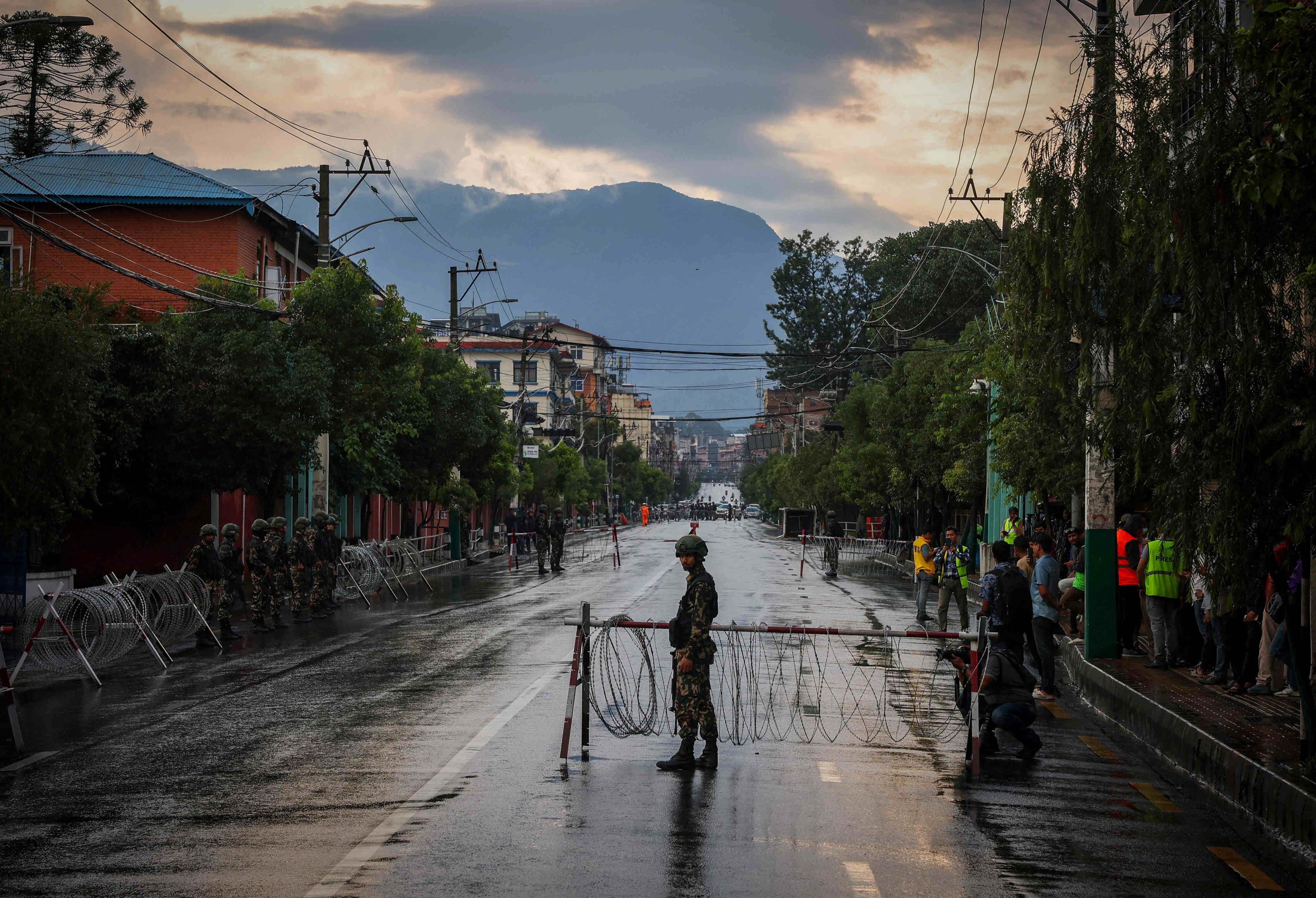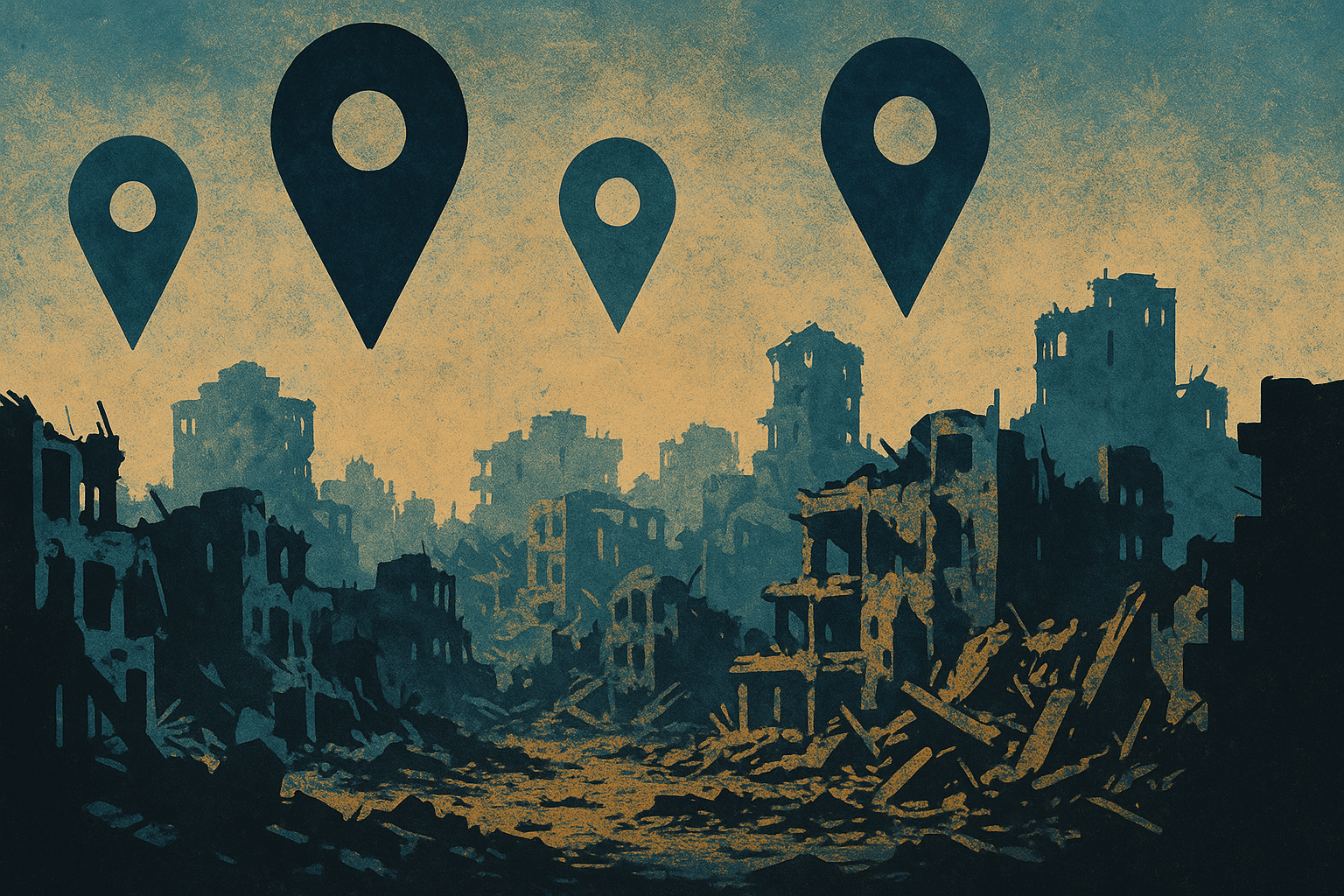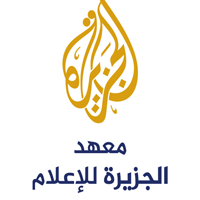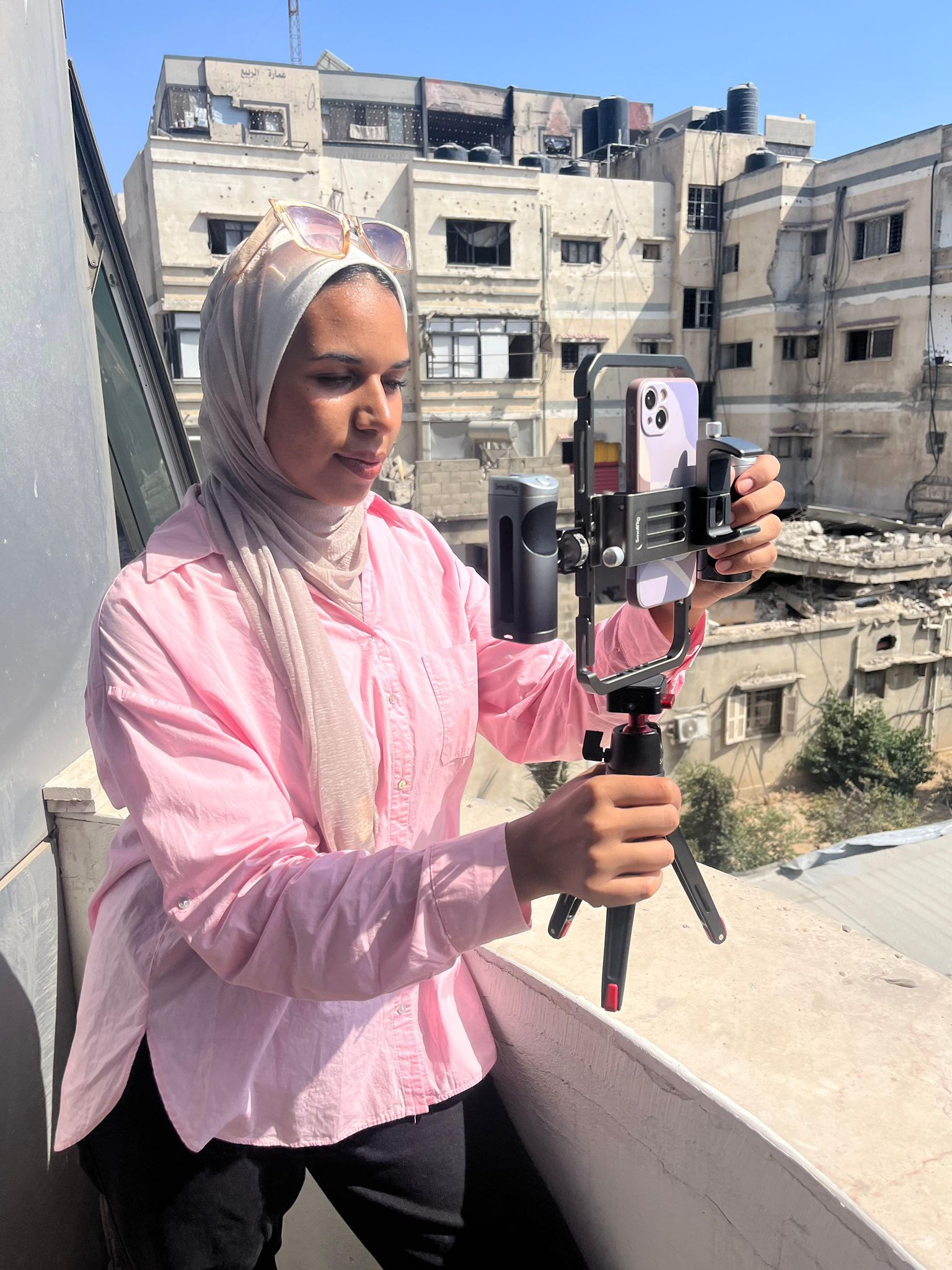نشر موقع ذا إنترسيبت الأمريكي، الذي يفرد مساحة واسعة للاستقصاء الصحفي والنقد السياسي، تحليلا بيانيا موسعا يبرهن على نمط التحيز في تغطية ثلاث وسائل إعلام أمريكية كبرى للحرب الإسرائيلية على غزّة. مجلة الصحافة أجرت حوارا معمقا خاصا مع آدم جونسون، أحد المشاركين في إعداد التقرير، ننقل هنا أبرز ما جاء فيه.
من متلازمات الحروب الإسرائيلية على الفلسطينيين ما يسود عند متابعتها من ملاحظة التحيز الفج لدى قسم كبير من وسائل الإعلام الغربية لصالح سردية الاحتلال، إلى حد التماهي الكامل معها. ورغم وجاهة الاتهامات المرصودة وتواترها بين المعنيين ونقاد الإعلام أثناء الحرب الجارية على قطاع غزة منذ السابع من أكتوبر، فإن تقريرا بيانيا نُشِر مؤخرا على موقع ذا إنترسيبت (وهو موقع صحفي أمريكي جاد، يُعنى بشكل أساسي بالصحافة الاستقصائية والتحليل السياسي النقدي، انتقل معدوه بالاعتماد على الملاحظة الأولية العامة إلى بناء حكم علمي قائم على البيانات) يوضح مقدار التباين في تغطية وسائل الإعلام الأمريكية وتورطها في انتهاك معايير صحفية بالجملة وعلى نطاق كَشَفَ التقرير وبلغة الأرقام أنه يكاد يكون غير مسبوق.
فقد حلل موقع ذا إنترسيبت أكثر من 1000 مقال من ثلاث صحف أمريكية هي الواشنطن بوست ونيويورك تايمز ولوس أنجلوس تايمز، ثم تفحص فريق الباحثين تلك المقالات باستخدام برمجيات خاصة؛ كتلك التي تُستخدَم عادة في مثل هذا النوع من الدراسات الكمية المعتمدة على بيانات لغوية، للمساعدة في الكشف عن نسق معين رصده المنشغلون في نقد الصحافة، غير أنهم لا يملكون أدلة بيانية دقيقة على المدى الذي قد وصل إليه.
حلل موقع ذا إنترسيبت أكثر من 1000 مقال من ثلاث صحف أمريكية هي الواشنطن بوست ونيويورك تايمز ولوس أنجلوس تايمز، ثم تفحص فريق الباحثين تلك المقالات باستخدام برمجيات خاصة.
حاول التقرير تقديم صورة بيانية بلغة الأرقام تسلط الضوء على هذا النسق الذي يسم تغطية هذه الصحف الثلاث الكبرى لعدة جوانب أساسية في الحرب الدائرة على غزة، وهي: المفاضلة بين الضحايا في حجم التغطية، والفرق في اللغة المستخدمة ومستوى أنسنة الضحايا، وإهمال الحديث عن الضحايا من الأطفال والصحفيين الفلسطينيين، إضافة إلى التباين بين تغطية الأخبار المتعلقة بجرائم الكراهية بين اليهود والمسلمين في الولايات المتحدة.
وبالنظر إلى الأهمية الكبيرة للتقرير وما أثاره من جدل بين المهتمين بنقد التغطية الإعلامية الغربية للحرب على غزة ودراسة آثارها وتبعاتها وما تنطوي عليه من انتهاكات للمعايير الصحفية واستهانة بالأخلاقيات المهنية والإنسانية، وباعتبار ما يوفره من بيّنة كمّية لا غنى عنها تساعد في تجاوز الاتهامات الانطباعية العامة وتحويلها إلى آراء علمية مسنودة بالأرقام، فقد ارتأت مجلة الصحافة إجراء حوار مع آدم جونسون، الصحفي الأمريكي الذي أسهم في إعداد التقرير بالتعاون مع زميله عثمان علي، الباحث الأكاديمي المختص بعلم البيانات.
وآدم جونسون صحفي وكاتب مهتم بالنقد الإعلامي، يُعرَف ببرنامج البودكاست المختص بالصحافة (Citations Needed)، وهو ناشر مستقل على مدونة خاصة على موقع (Substack) وعدد من المواقع الإعلامية الرصينة، ومنها موقع ذا إنترسيبت.
انطلق التقرير من الملاحظة الأولية للباحثين لوجود ما يظهر أنه نمط ثابت من التحيز في الصحف الأمريكية الثلاث ضد الفلسطينيين وروايتهم لصالح الرواية الإسرائيلية.
يرى آدم جونسون أن التقرير الذي اشتغل عليه رفقة زميله عثمان علي قد بدا ضرورة ماسّة بعد أن استطال مدى الحرب التي يشنها الاحتلال الإسرائيلي على غزة وتفاقمت الكارثة الإنسانية الناجمة عنها، ومن دون أن يغير ذلك كثيرا في طبيعة التغطية من قبل معظم وسائل الإعلام الغربية، ولا سيما الأمريكية في هذا السياق، ومن ضمنها الصحف الثلاث الكبرى التي تناولها التقرير؛ نيويورك تايمز، وواشنطن بوست، ولوس أنجلوس تايمز. فقد انطلق التقرير من الملاحظة الأولية للباحثين لوجود ما يظهر أنه نمط ثابت من التحيز في الصحف الثلاث ضد الفلسطينيين وروايتهم لصالح الرواية الإسرائيلية، وهو ما دفع جونسون، بالتعاون مع زميله عثمان علي المتخصص في علم البيانات، للبدء في جمع عينة الدراسة وتحليلها؛ بغية توفير الدليل للصحفيين والمعنيين بالشأن الفلسطيني من إعلاميين ومعلقين وباحثين على المخالفات الصحفية المهنية الواقعة في سياق حرب ذات كلف إنسانية غير مسبوقة منذ عقود.
يشير جونسون إلى أن المفارقة تبدو صارخة بمجرد مقارنة التغطية وشكلها للحرب على غزة بنزاعات أخرى قريبة، كالحرب التي تشنها روسيا على أوكرانيا، وما حازته الأخيرة من تعاطف كامل وغير مشروط في الإعلام الأمريكي، دون أن يقلل جونسون من فداحة أي حرب، أو ينساق إلى عقد مقارنات بين المآسي الإنسانية. إن النتائج التي خلص إليها تحليل الإنترسبت، وبالنظر إلى واقع اللاتناسب بين طرفي الصراع في غزة (بين دولة احتلال وشعب واقع عليه الاحتلال) يؤكد على حالة من اللاتناسب الموازية في الإعلام الأمريكي على مستوى التحيز في التغطية ليس من الصعب رصدها؛ فعدد الضحايا الفلسطينيين فاق بأضعاف كثيرة الخسائر التي تكبدها الإسرائيليون، ومع ذلك فإنّ ذِكْر الفلسطينيين ظل يتلاشى في التغطية، وعلى نحو عكسيّ بالنسبة إلى وحشيّة الحرب والوسائل المستخدمة فيها ضد الأهداف المدنية؛ فمن بين كل اثنين من الضحايا الفلسطينيين يُذكَر الفلسطيني مرّة واحدة، بينما يرتفع المعدل إلى ثماني مرات لكل قتيل إسرائيلي واحد؛ أي بفارق يبلغ 16 ضعفا، وقد كان هذا الرقم دالًّا بشكل واضح على الفارق في قيمة حياة الإسرائيلي مقارنة بالفلسطيني، ويتبع ذلك تساهل ضمني مع القتل حين يقع على الأخير.
يتضح هذا التمييز على نحو لافت عند تحليل اللغة المستخدمة في الصحف الثلاث؛ إذ يشير جونسون إلى توظيف مقصود للغة التي تستثير الصدمة والغضب في سياق الحديث عن القتلى الإسرائيليين، وهي حالة من التحيز العاطفي أكدتها البيانات التي استعرضها التقرير. مثلًا، يكشف التحليل أن كلمة "مجزرة" (slaughter) قد استخدمت من قبل المحررين والمراسلين في الصحف الثلاث لوصف العمليات التي حدثت في السابع من أكتوبر، بواقع 60 مقابل واحد للمجازر الإسرائيلية المرتكبة في غزة. أما كلمة "مذبحة"، فاستخدمت بفارق 125 إلى اثنين فقط. أما كلمة "مروّع" فحُجِزت كذلك للضحايا الإسرائيليين بواقع 36 إلى أربع مرات فقط في سياق الحديث عن الضحايا الفلسطينيين، الذين خُصّصت لهم بحسب جونسون لغة جافة وصياغات سلبية، بمعنى تعمّد إسقاط الفاعل المسؤول عن القتل، وهو الجيش الإسرائيلي، رغم ما يتوفر من أدلة لا يمكن تجاهلها على أن أفراده يمارسون القتل في قطاع غزة في حق المدنيين على نحو سادي ومفرط، وهو ما يثير بحسب جونسون حالة من "الفزع الأخلاقي" عند ملاحظة التواطؤ على ذلك في وسائل إعلام أميركية.
يشير جونسون إلى إخفاق الإعلام السائد في الهيمنة على الرأي العام فيما يتعلق بفلسطين، فقد أشار إلى الافتراق الجيليّ المتصاعد في الولايات المتحدة فيما يتعلق بفهم الحقوق الفلسطينية ودعمها.
يحاول جونسون تقديم تفسيرات لهذا التباين وما فيه من إخلال بالمعايير المهنية الأساسية، ويجد أن كون الولايات المتحدة وسياساتها الإمبريالية طرفا داعما أساسيا لدولة الاحتلال هو عامل تفسيري لا يمكن القفز عنه. إلا أنه يضيف كذلك التحيزات العنصرية القائمة، والثنائيات التي يمعن الإعلام السائد في استغلالها واللعب عليها، بين "هم" و"نحن"، وهي سياسة خطابية تتجلى في "عرقنة" الفلسطينيين والتأكيد على اختلافهم عن الأمريكيين والإسرائيليين المنوطة بهم مهمة مكافحة "إرهاب" الطرف الأول، المحاط بصورة نمطية مسبقة ومعطيات جاهزة مطلقة رغم ما فيها من تحيز وتعميم قائم على التضليل واستغلال الجهل العام المحيط بفهم الشارع الأمريكي لسياق القضية الفلسطينية. ضمن هذه الحالة، تصبح الحرب التي تشنّها إسرائيل لا تختلف كثيرا عن الحرب التي تشنّها الولايات المتحدة في نظر الإعلام السائد؛ فكلاهما يلزم التعامل معه من منطلق وطني واحد، يستلزم غض الطرف عن أي جرائم وانتهاكات للقوانين والأعراف الدولية.
سرى هذا التناقض والازدواجية التي بلغت حدّ الانفصام كما يرى جونسون في تغطية الصحف الثلاث للحرب على غزة حتى حين كان الضحايا من الأطفال أو الصحفيين؛ أي الفئتين اللتين تحوزان عادة اهتماما مضاعفا من قبل وسائل الإعلام في سياق النزاعات والحروب والكوارث. وما يضاعف حالة الفزع الأخلاقي التي أشار إليها جونسون هو أن أرقام الضحايا من هاتين الفئتين تحديدا فاقت بأضعاف مرعبة ما هو مسجَّل في أي حروب سابقة في العصر الحديث، ومع ذلك فإن مجموع المقالات التي ذكرت الأطفال القتلى الفلسطينيين في عناوينها من بين 1100 عنوان جرى تحليلها هو مقالان فقط. والأمر ذاته ينطبق على الصحفيين، والذين قضوا نتيجة لسياسة إسرائيلية منهجية تستهدفهم، وسواهم من المؤثرين والأكاديميين والكتاب والجامعيين، في بنك الأهداف الذي تسعى إلى تصفيته. أما قتل الأطفال، فهي نتيجة حتمية كما يذكر جونسون للاستهداف العام للحياة المدنية في القطاع وطبيعة القنابل الملقاة عليه، التي كان نصفها تقريبًا قنابل "صمّاء" (dumb bomb). إن ذلك يؤكد على الطبيعة الانتقامية للحرب التي تشنها إسرائيل على غزة، ويفنّد بسهولة أي ادعاءات تتحدث عن استهداف لحركة "حماس"، وهو ما تصرّ وسائل الإعلام الثلاث على تجاهله بشكل واضح، عبر تهميش كل ما من شأنه أن يوضح سياق الحرب والرواية الفلسطينية، في سعي إلى حبس الرأي العام في حالة من التوحش المتوحدة مع ما بلغته هذه الحرب من توحش وبطش.
رغم ذلك، فإن جونسون يشير إلى إخفاق الإعلام السائد في الهيمنة على الرأي العام فيما يتعلق بفلسطين، فقد أشار إلى الافتراق الجيليّ المتصاعد في الولايات المتحدة فيما يتعلق بفهم الحقوق الفلسطينية ودعمها؛ فالشباب الأمريكي تحت سنّ الثلاثين، وكما تظهر عديد استطلاعات الرأي، يعتمدون بشكل متزايد في فهم الأحداث المعاصرة على منصات التواصل الاجتماعي والمؤثرين ومشاريع الإعلام البديل، ولا يلتفتون كثيرا بحسب ما يوضح الكاتب إلى الإعلام السائد كما كانت الحال سابقا. وهذا في نظره ما يغذي هذه الحالة الغاضبة بين المحتجين في الشارع الأميركي، وفي العديد من الدول الأخرى حول العالم. فالصور ومقاطع الفيديو التي تصلهم عبر تويتر أو إنستغرام أو تيك توك، لا تخضع للقدر نفسه من الفلترة التي تمارسها صحف كبرى مثل نيويورك تايمز لصالح الرواية الإسرائيلية، هذا إن لم تخضع لمقص الرقيب الإسرائيلي. كما ينوّه جونسون إلى الوضع الحاصل في شبكة مثل سي أن أن، التي كشف تقرير آخر في إنترسيبت عن تعاونها مع مجندين سابقين في جيش الاحتلال والخضوع الطوعي لتصويباتهم وتعديلاتهم فيما يخص تغطية الشأن الفلسطيني.
يعترف جونسون أنه كان في فترة ما يصدّق تلك الرواية السائدة بشأن المسألة الفلسطينية، إلا أن ذلك بدأ يتغير بعد زيارة أجراها إلى فلسطين عام 2013، وأتيحت له الفرصة للاستماع إلى الفلسطينيين ومعايشة معاناتهم اليومية في ظل الاحتلال. يقول جونسون إنه كان محظوظا بمعنى ما لأنه اكتشف خلل السردية الواحدة التي تشرَّبَها صغيرا من المنزل والتلفزيون. وبما أن مثل هذه التجارب ليست متاحة للجميع، فإن الإعلام البديل ووسائل التواصل الاجتماعي تتيح هذا اللقاء مع الروايات الأخرى عبر الفضاء الرقمي رغم ما فيه من مشكلات معروفة، لكنه يظل ذا فسحة أكبر، خاصة فيما يخص القضية الفلسطينية ويتعلق بها.
يشير جونسون أخيرا إلى ضرورة الاستمرار في ممارسة النقد الصحفي، ولا سيما بشكله العلمي المعتمد على البيانات وتحليلها، وهو ما تضاعفت أهميته في سياق الحرب المستعرة على غزة، واستمرار استهداف الصحفيين فيها، وحظر دخول وسائل الإعلام العالمية إليها إلا مدمجة مع قوات الاحتلال ومرافقة لها وموافقة مسبقا على ألا يريها إلا ما يراه هو، وأن يحجر عليها تناول عدد من "المحظورات" التي يمنعها الرقيب الإسرائيلي وجماعات الضغط التي يعتمد عليها.
إن انحياز وسائل الإعلام الأميركية إلى السردية الإسرائيلية ليس ظاهرة جديدة كما يختم جونسون، فهي حالة ذات جذور عميقة في وسائل الإعلام الأمريكية السائدة وراسخة فيها، إلا أن مستوى هذا الانحياز لم يبلغ درجة من الانحطاط المهني كما بلغها في هذه الحرب الأخيرة على قطاع غزة، وهو ما على الجميع العمل على الكشف عنه والسعي إلى فضحه وتقديم البديل عنه.


